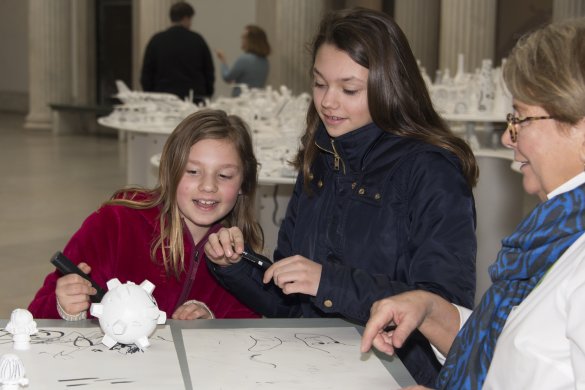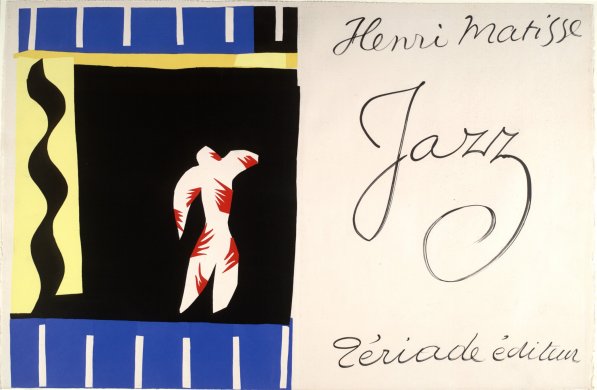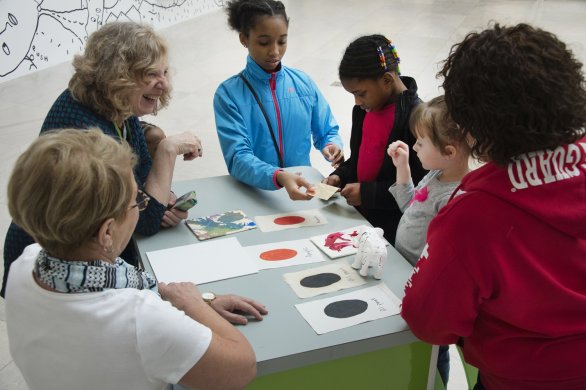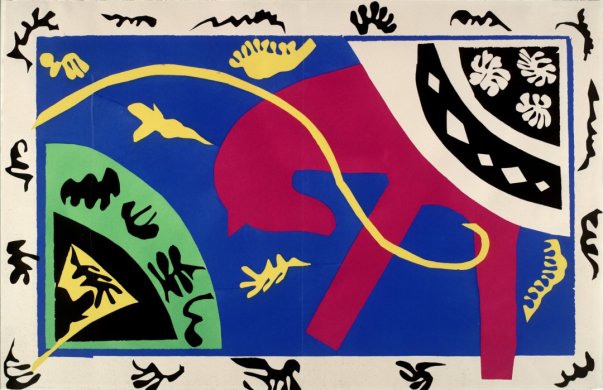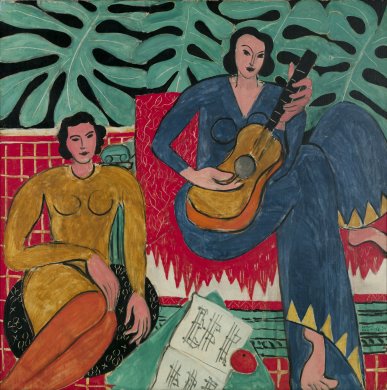Jazz is one of the fantastical imaginings to hail from this period and the only book both written and illustrated by Matisse. Its twenty vivid stencil prints are based on images realized from various shapes cut out of gouache-painted sheets of paper and are accompanied by poetic notes expressing the artist’s thoughts and opinions. The subjects of these compositions range from circus performers and music halls to Matisse’s travel experiences. The artist once commented that “Jazz is rhythm and meaning,” and the title suggests a connection between the process of making visual art and musical improvisation.
Assembled from the Albright-Knox’s collection, this spotlight exhibition will present all twenty illustrated plates from Jazz. This presentation was only recently made possible by the welcome gift of folio XIII, The Sword Swallower, which completed the Albright-Knox’s Jazz portfolio. Joining these is a small selection of additional works by Matisse that visually traces the ways in which spontaneity, lively compositions, and brilliant hues harmoniously merge in the artist’s practice.
This exhibition is organized by Godin-Spaulding Curator & Curator for the Collection Holly E. Hughes.
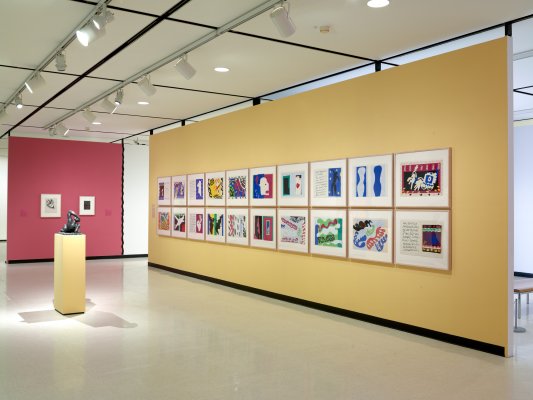
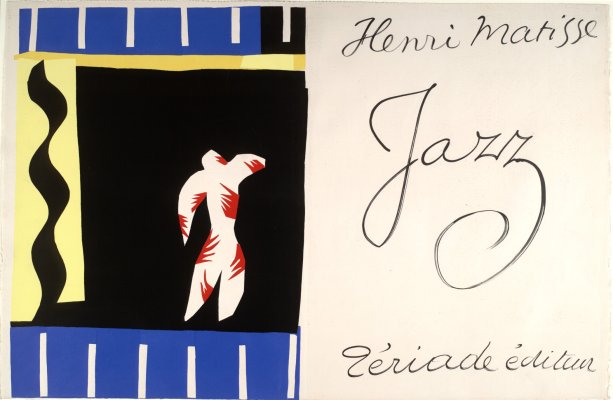
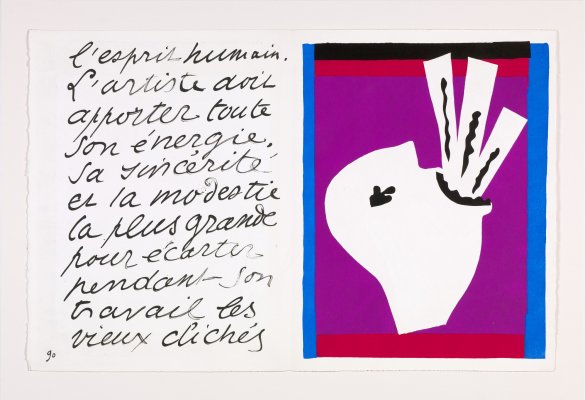
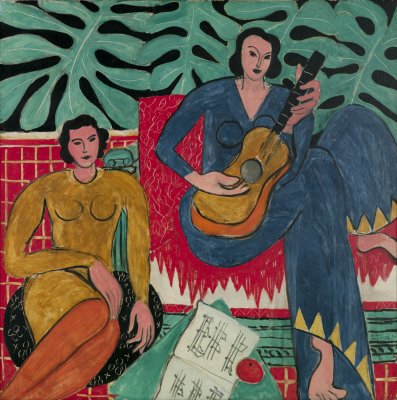
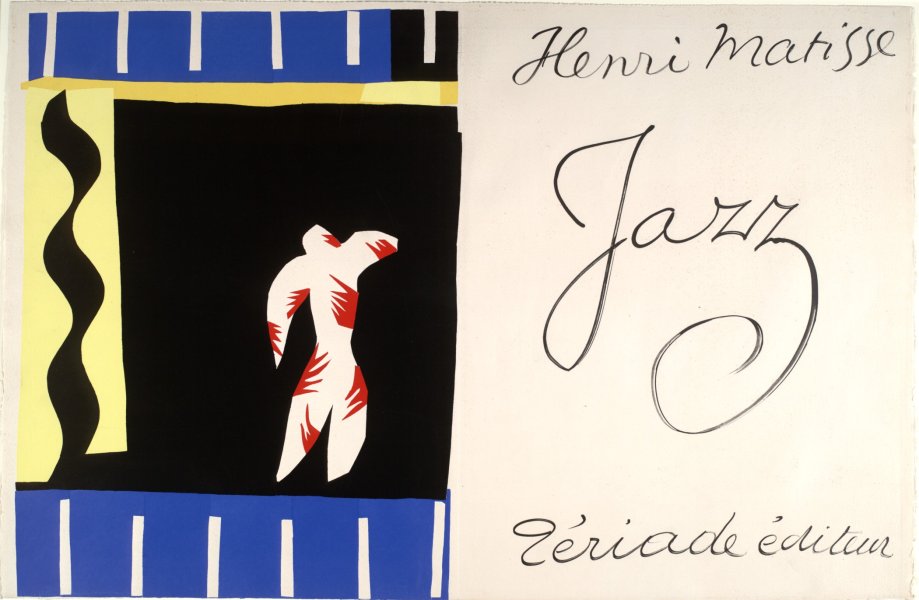
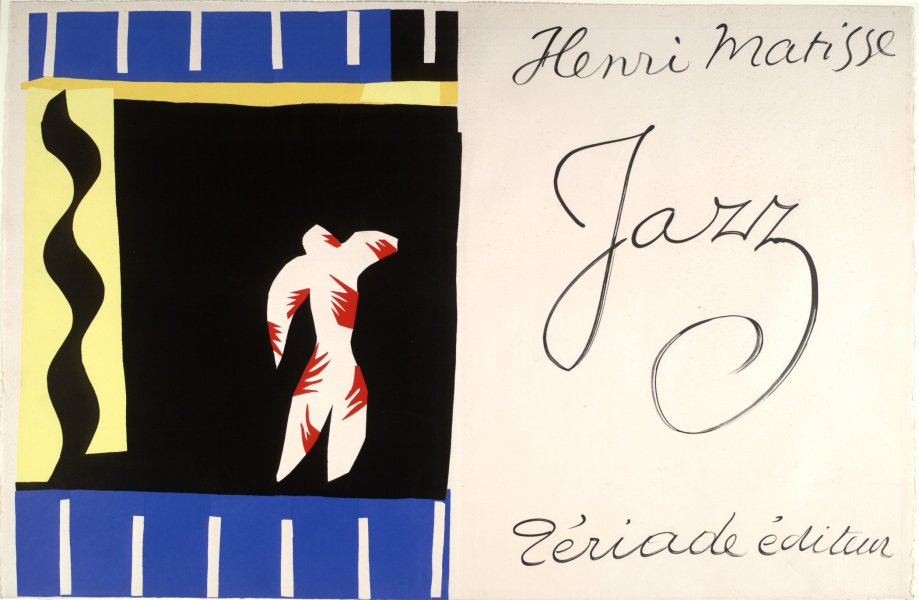
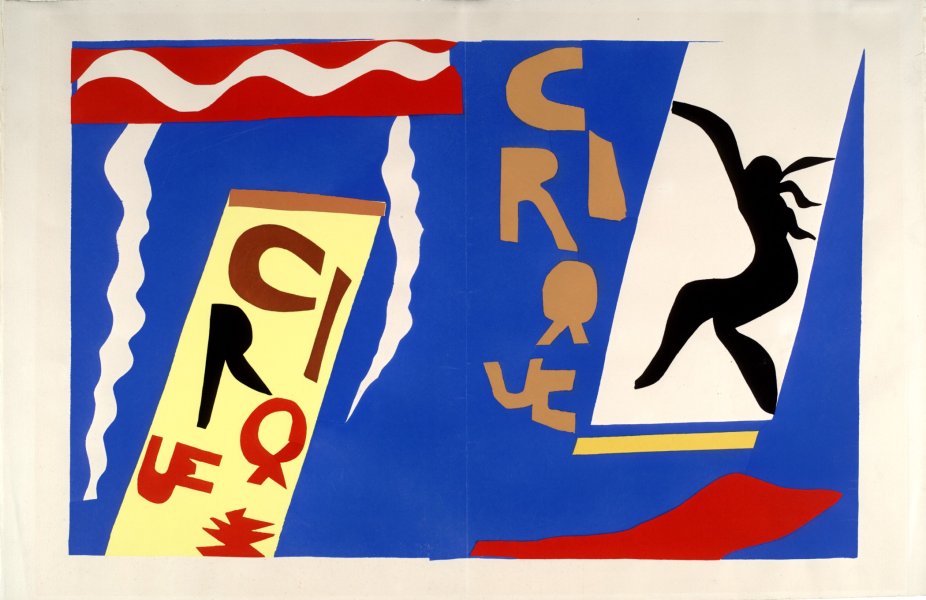
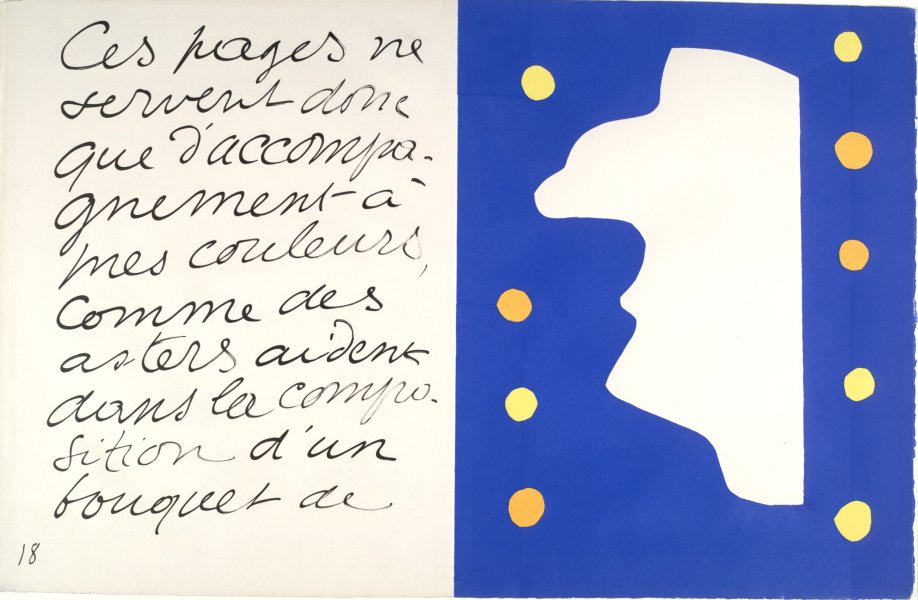
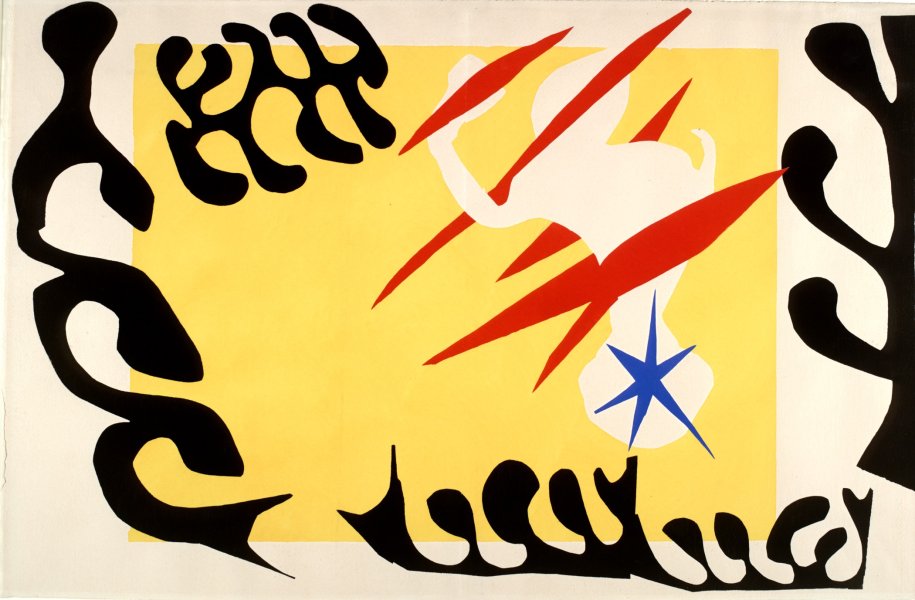
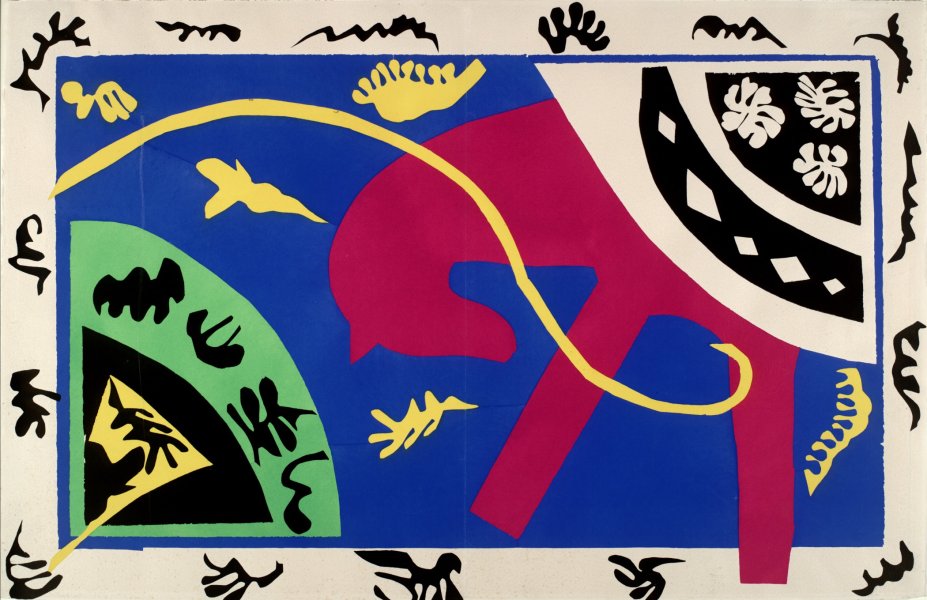
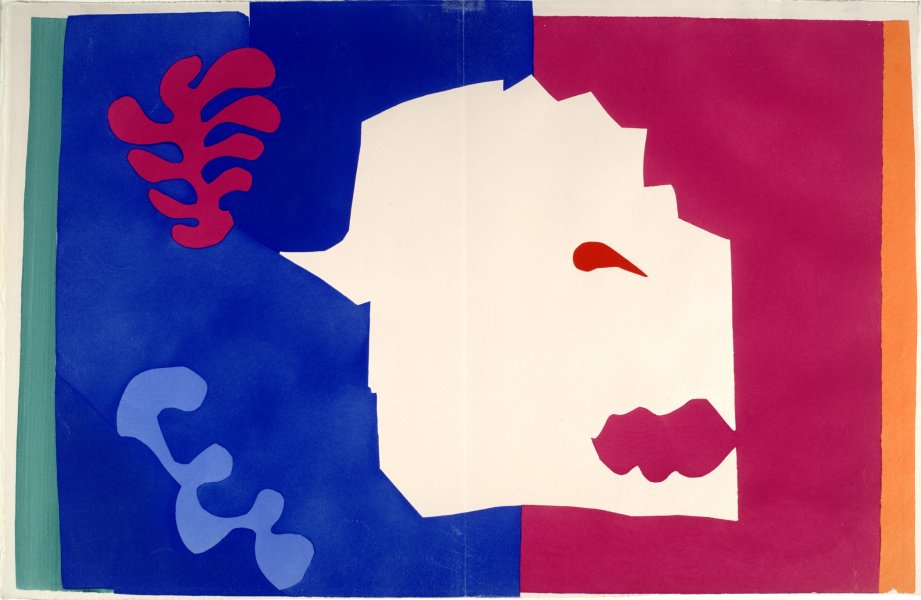
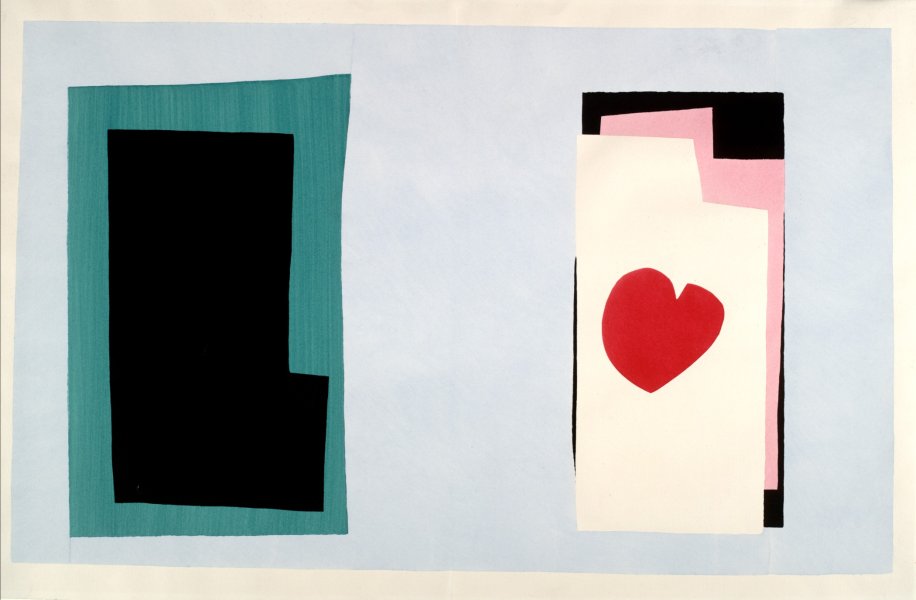
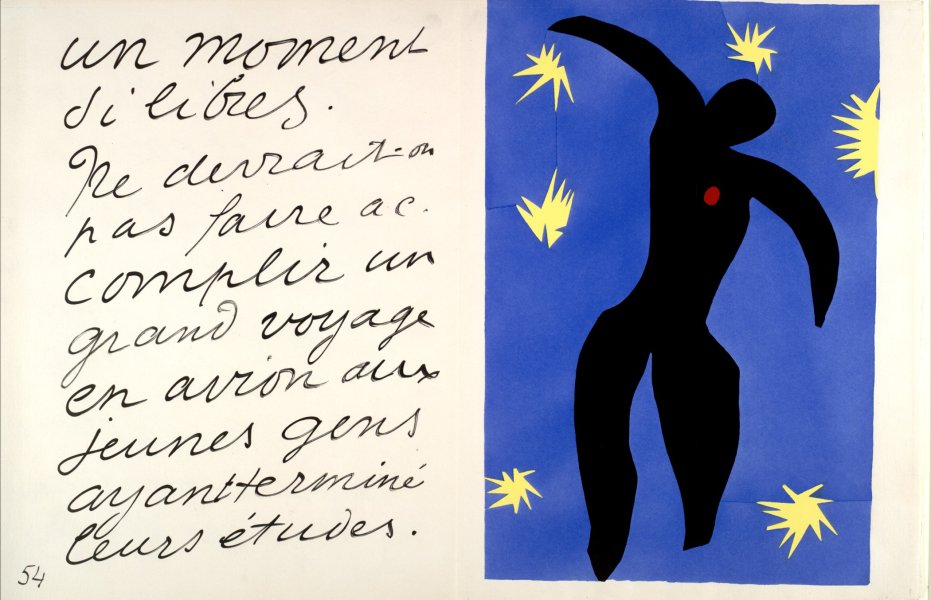
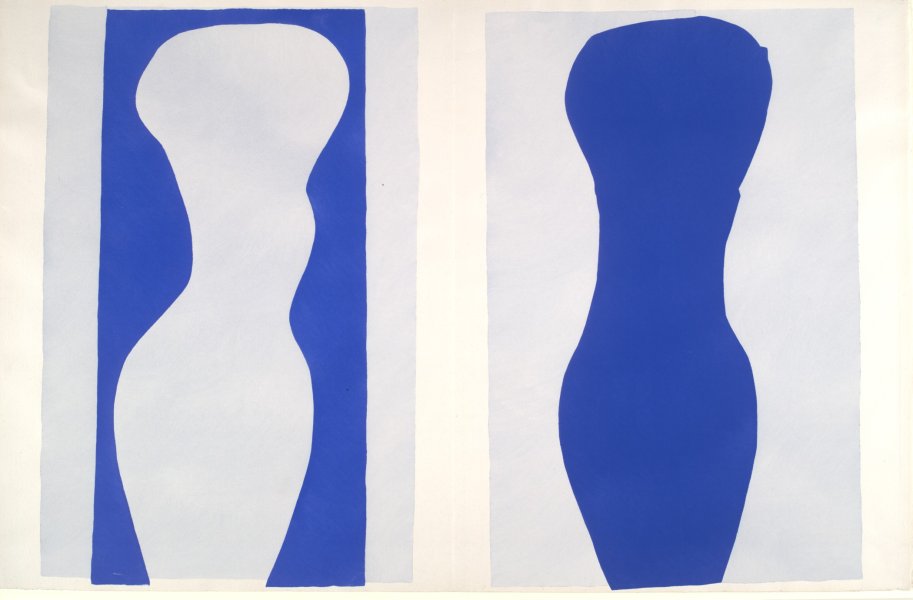
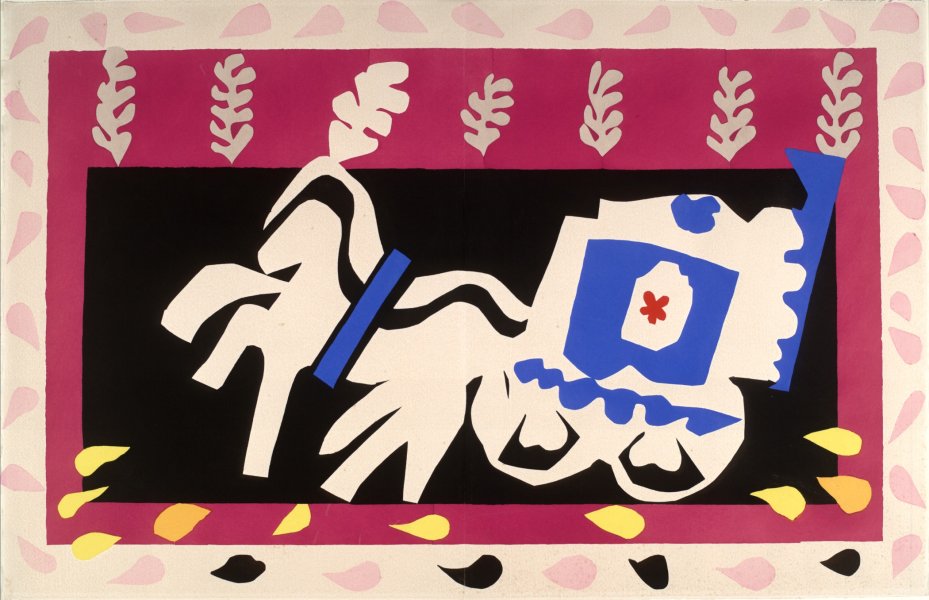
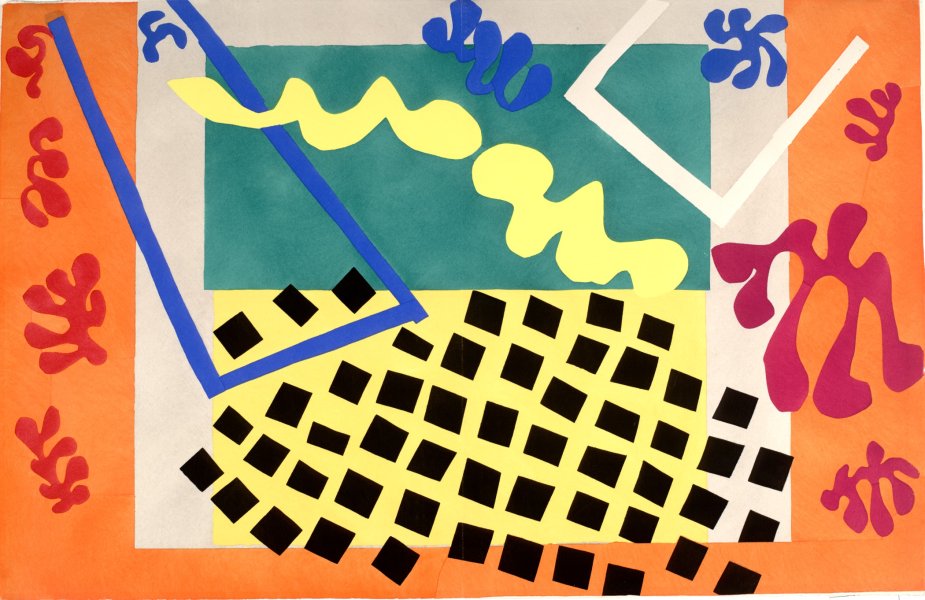
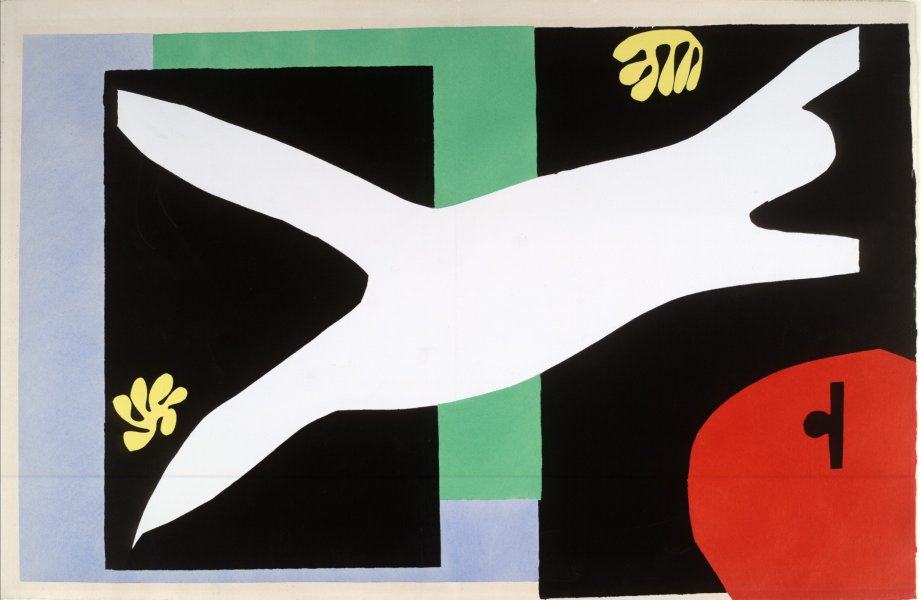
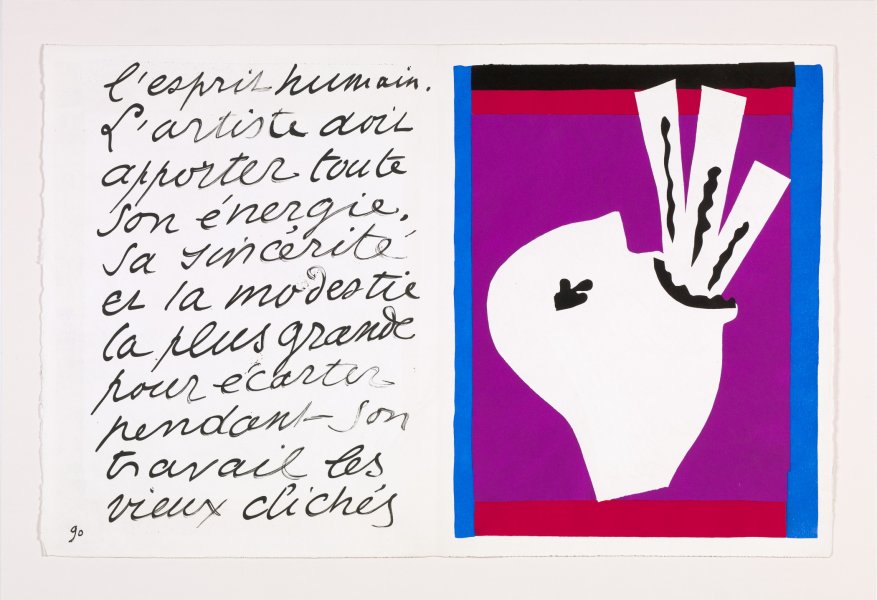
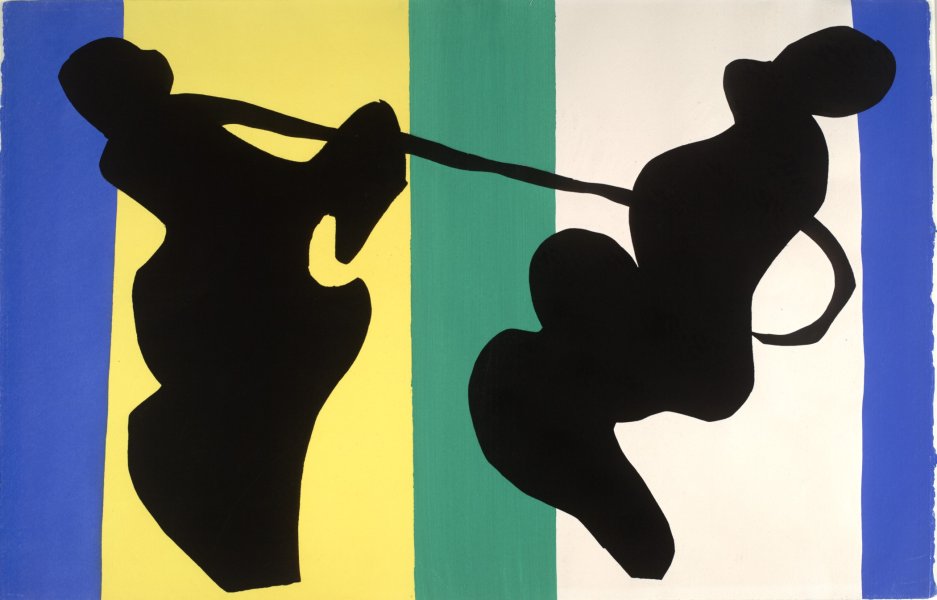
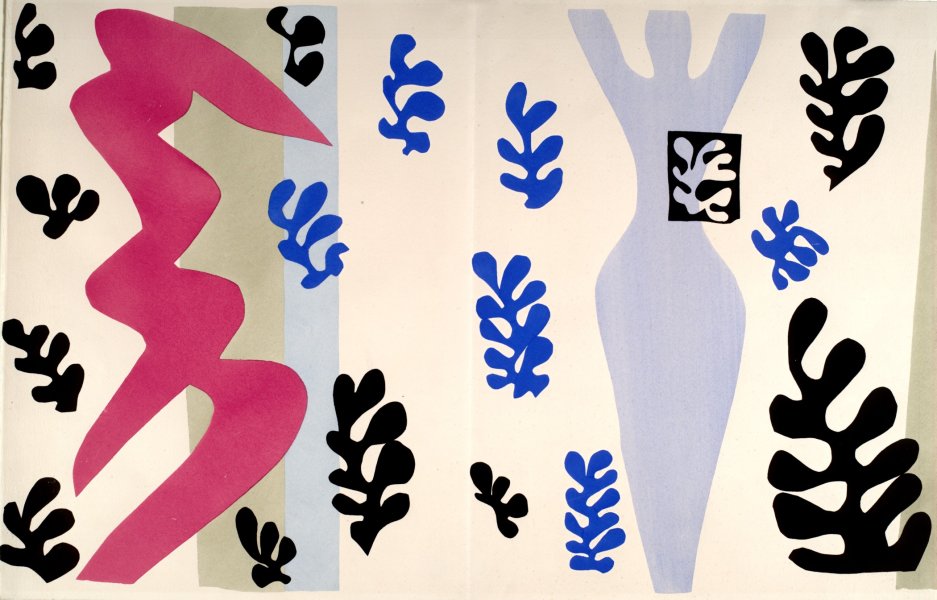
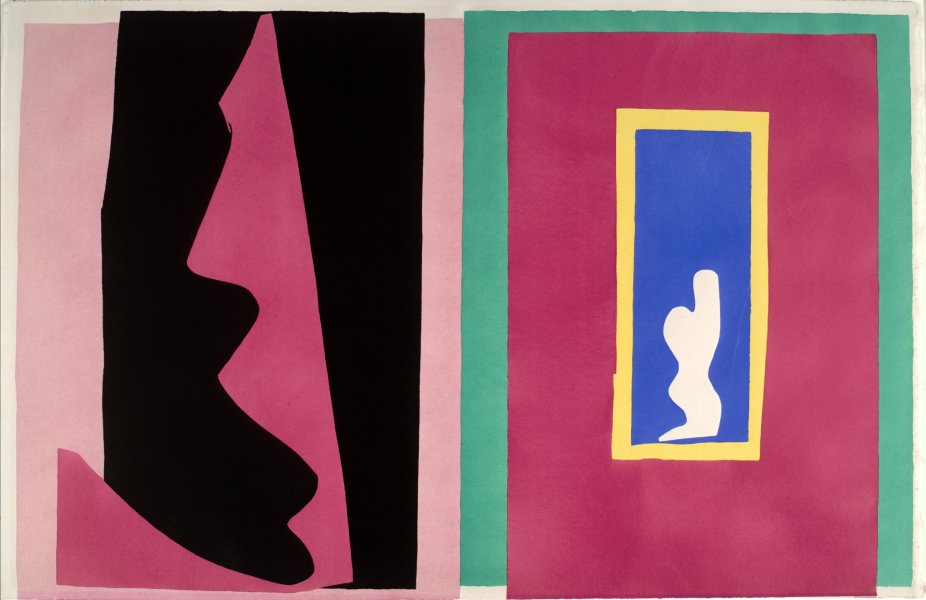
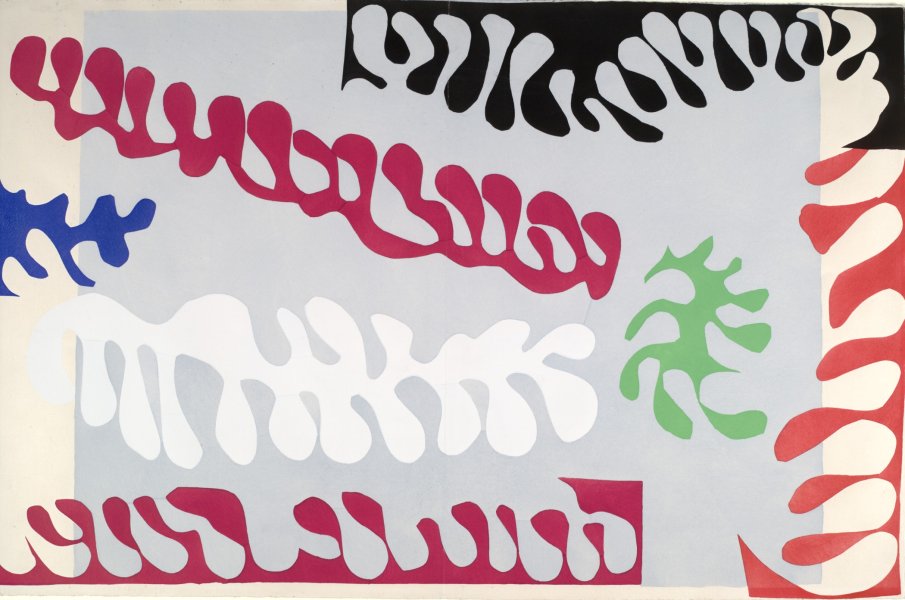
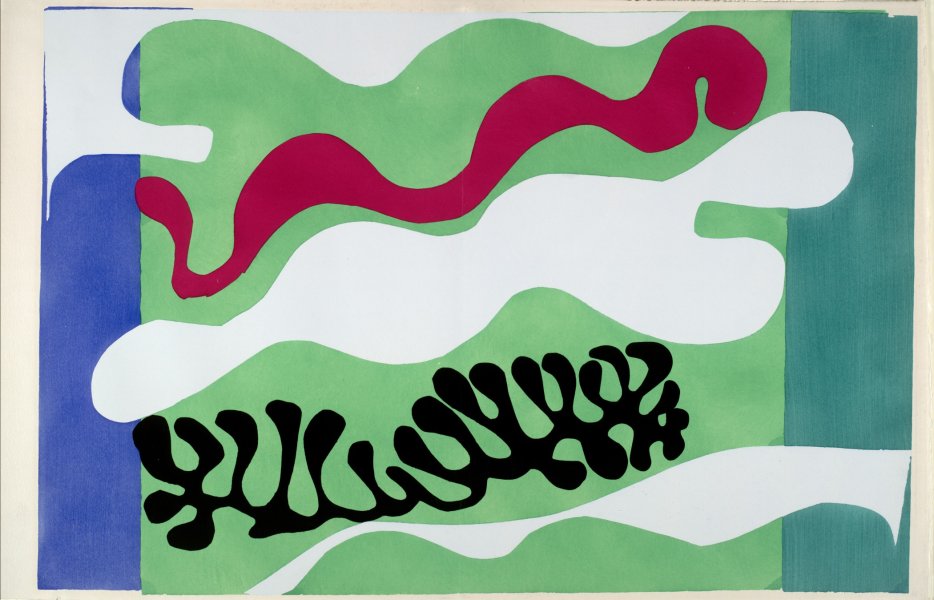
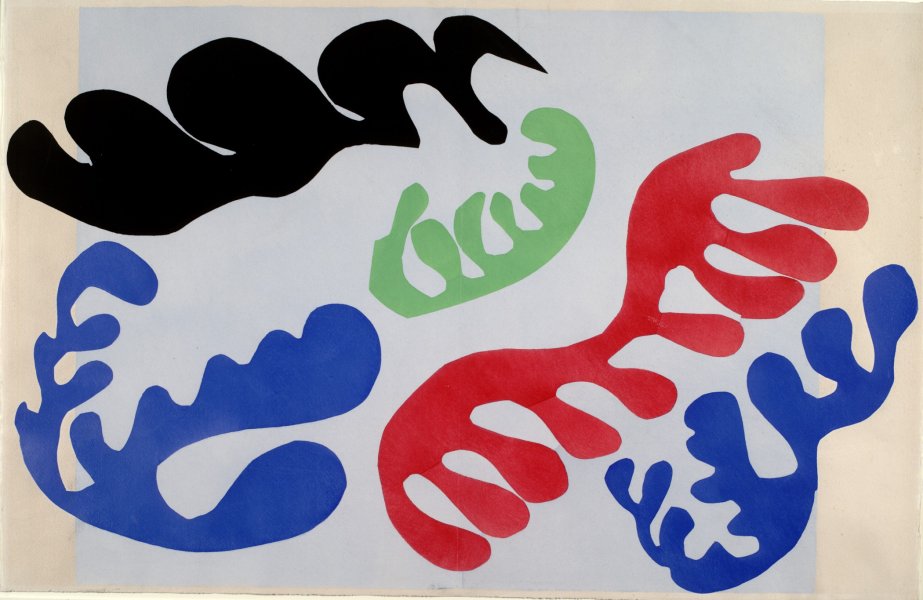
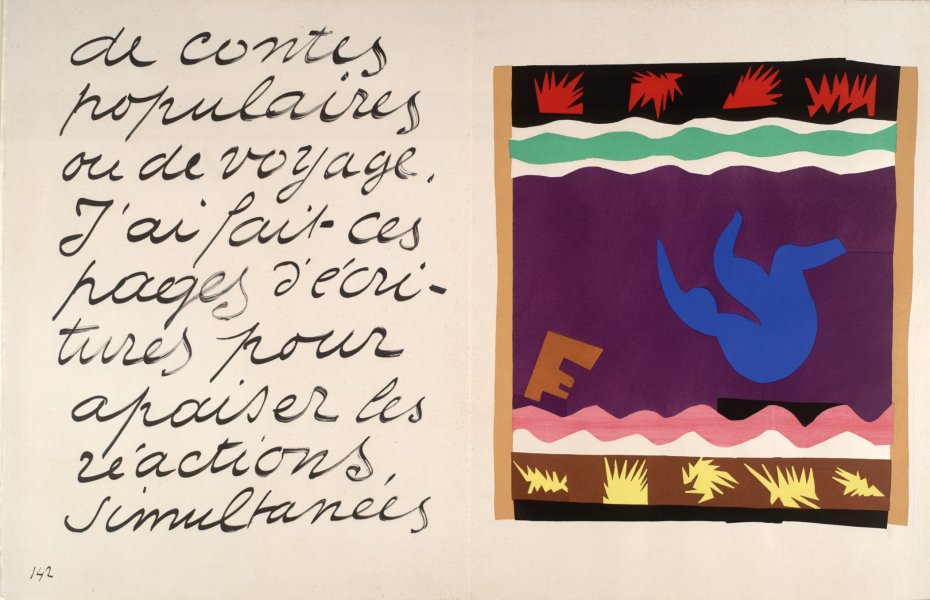
![[text folios, colophon page and Table des Images (Table of Images)] from Jazz](/sites/default/files/styles/callout_fixed_height/public/artwork/RCA1948_011_001_021_o2.jpg?itok=623pmb-j)
